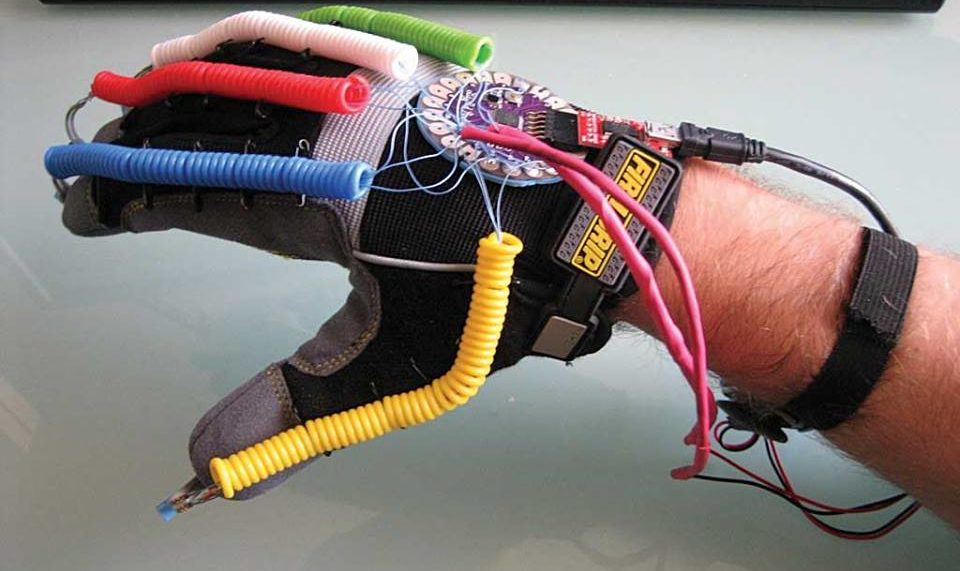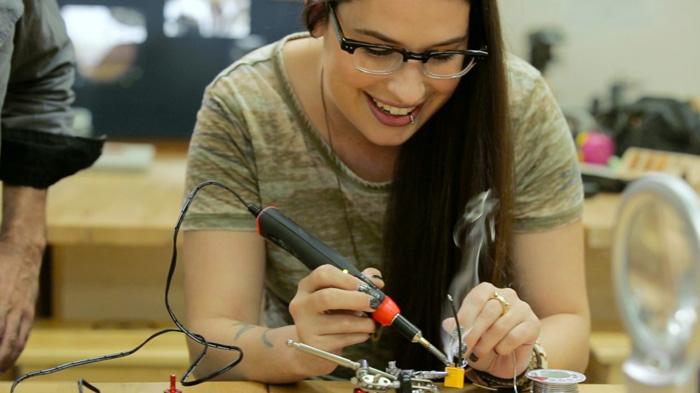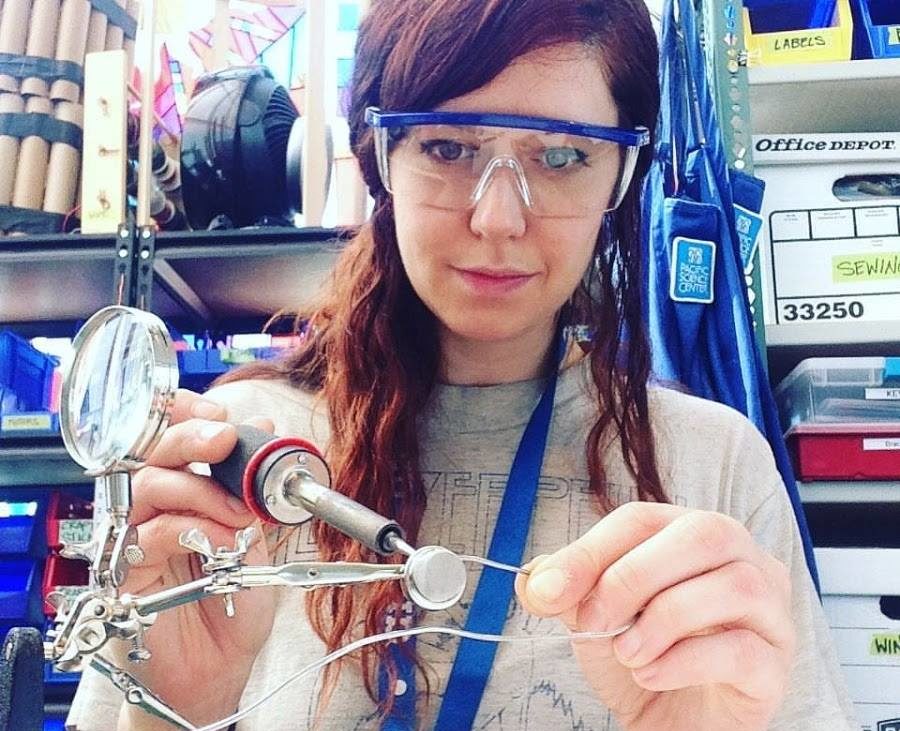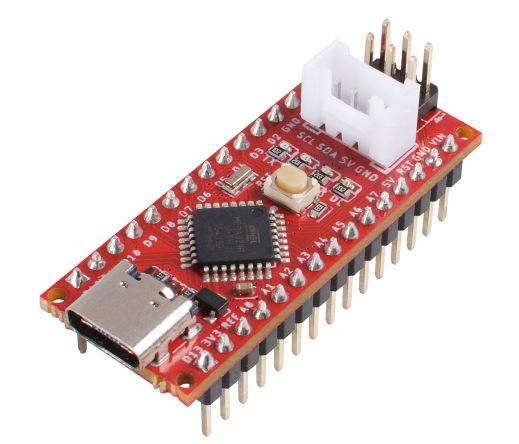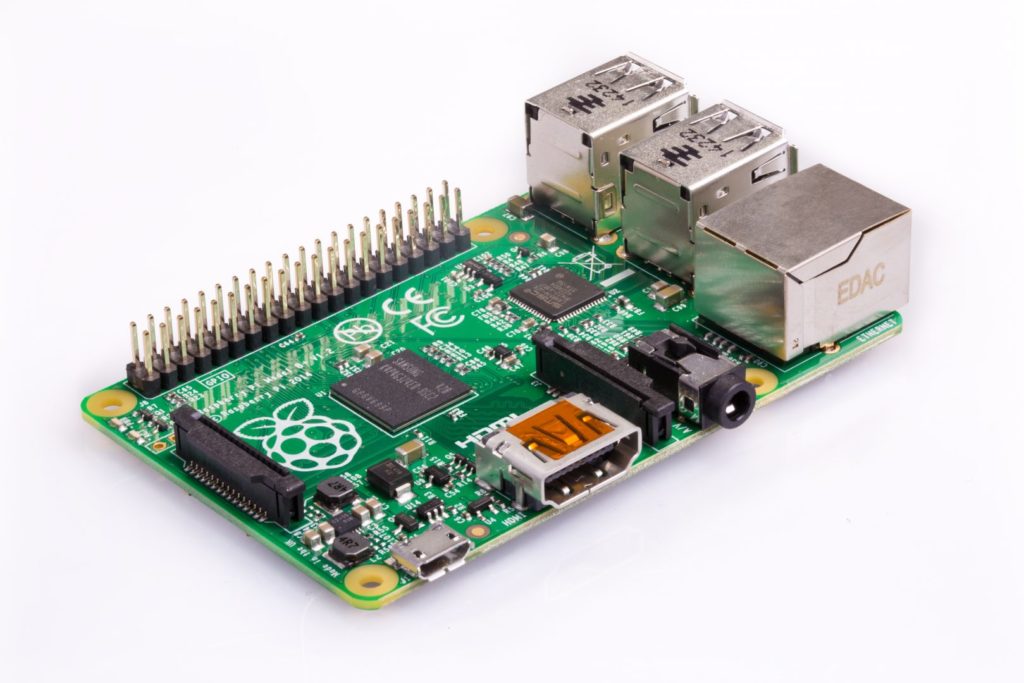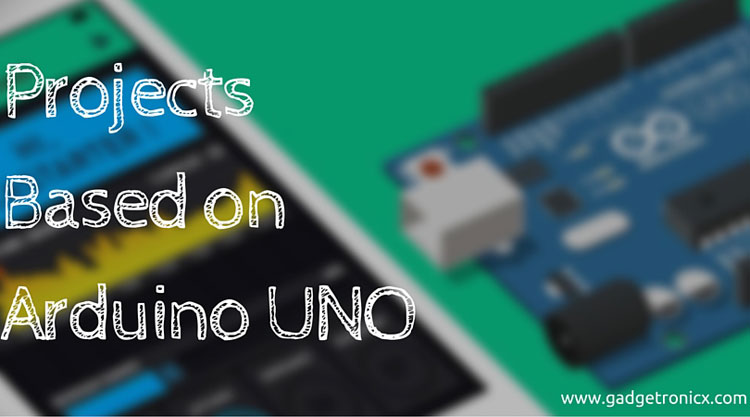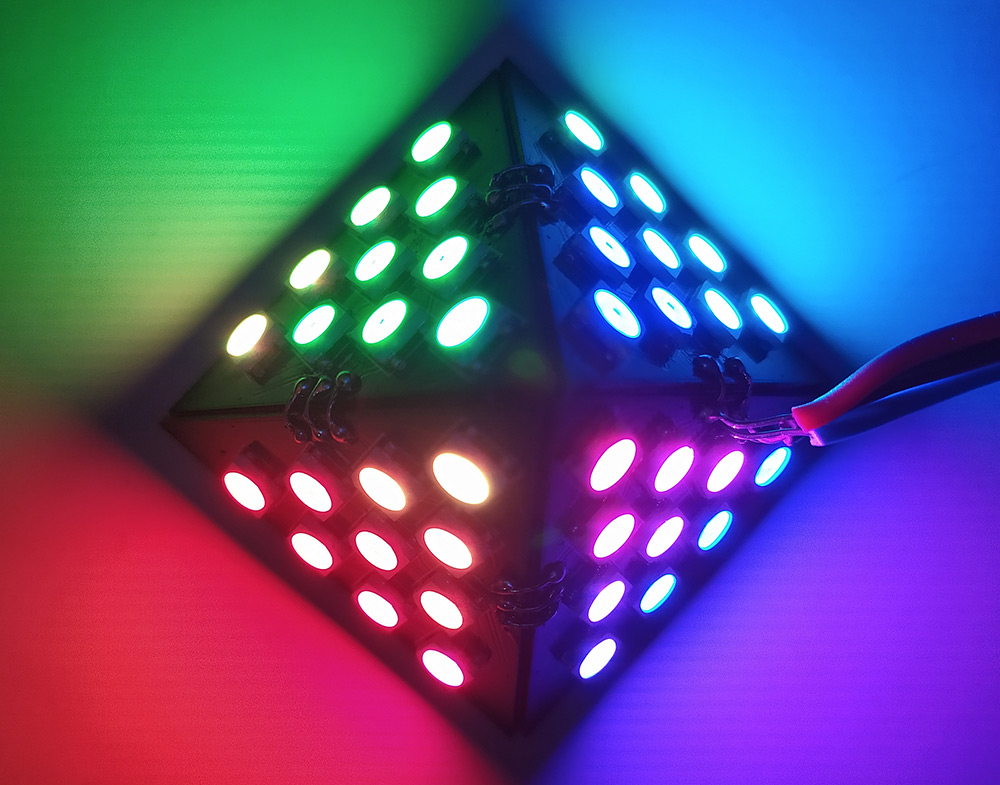Wearable projects are super fun and many makers are eager to build their first of its kind. But unlike other projects Wearable projects brings a special set of challenges that need to be dealt with to build a Cool and Safe project you have pictured.
These tips are written in a perspective you have a great idea for your project and you knew how to build it. Take these tips merely as a guidance for building your Wearable gadgets.
Type of Wearable:
These projects will fall into two categories in general, Detachable and Non- Detachable ones. Detachable are the ones which can be affixed to a desired surface when we need to use them however Non-Detachable ones will be permanently affixed on the surface and cannot be removed. These aspects are very important and should be considered while building your project. Detachable projects need to be equipped with proper mounts that can hold the entire project and stay on the wearer all the time without falling out of place. Some common examples of detachable projects are Smart watch, Smart glass and so. Also it shouldn’t be difficult for user to Put on and Put off.
On the other hand Non-Detachable projects usually will be used on surfaces like Clothes, Hat and even to our body. These kind of wearable find their way in areas like Health, Fashion and so on. Choose the type you want your wearable to be and start working towards it.
Consider the weight:
This is one of the most important criteria when comes to wearable projects. Because we need to fit all the component in the wearable and make it compact and still make it weigh less. This is particularly challenging when comes to these projects since wearable are usually powered by Batteries and they tend to weigh more. Apart from batteries there are components which can weigh more and this will cause discomfort to the wearer. So always try to minimize the weight of your project as much as possible. Also use SMD components to build your project, this makes it more compact and weigh less.
Powering options:
This is bit relevant to the previous tip. Powering options can be really confusing to pick when considering your wearable. It should weigh less, have more charge, gives stable output, safe to ensure optimum performance of the wearable. Simplest means of powering a project will be a coin cell but it can only probably drive an LED. For high power consuming projects try using Lithium ion battery or Battery packs. But make sure it doesn’t weigh up the project much. Also use lithium batteries with an awareness of the ‘risk’ it can pose when mishandled and also hard to find and expensive. Alternatively you can reuse old notebook or cell phone batteries.
Insulate it:
Adding to all the above, wearable are very prone to short circuits since the parts will be mobile in nature. We should pay attention to insulate it in a way to avoid experiencing short circuits to ensure safe and smooth working.
These are the tips that can help you to plan and build your Wearable projects. We would like to thank Gedeane Kenshima for contributing her experience in to this article. Do leave your thoughts and comments on how helpful these tips to you. If you feel we have missed any important do add them below. We will incorporate in to this article.

